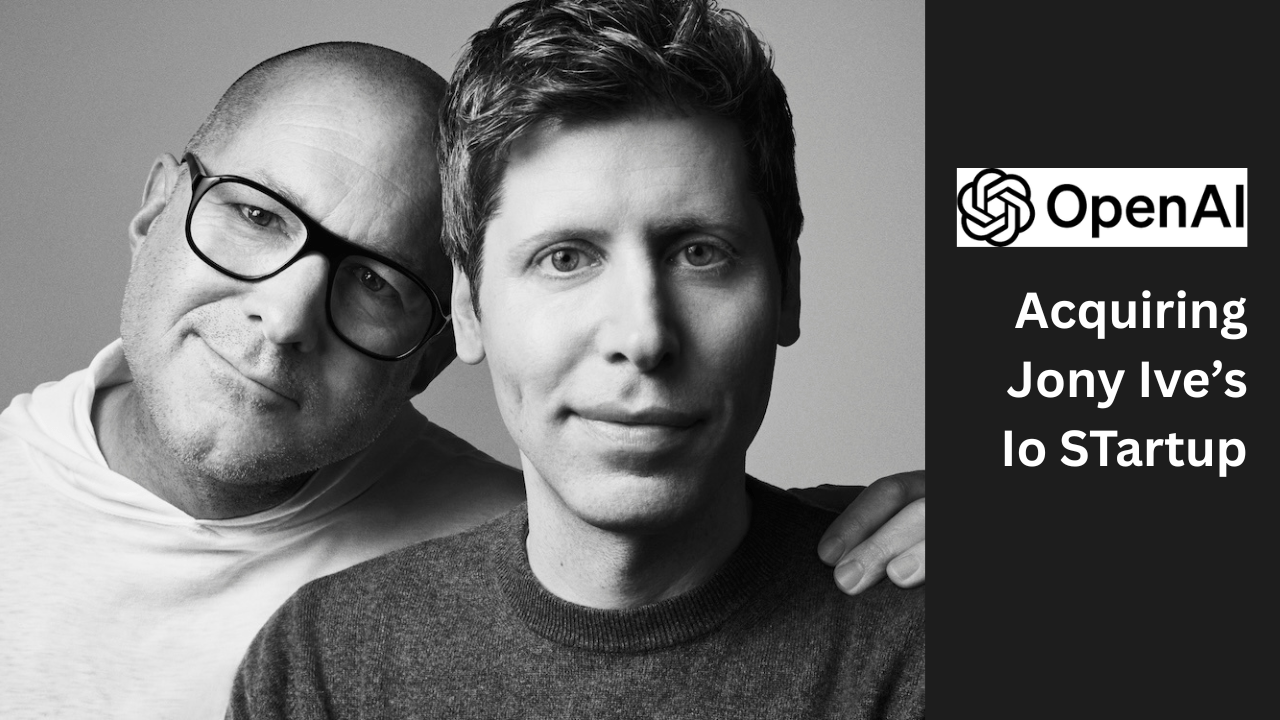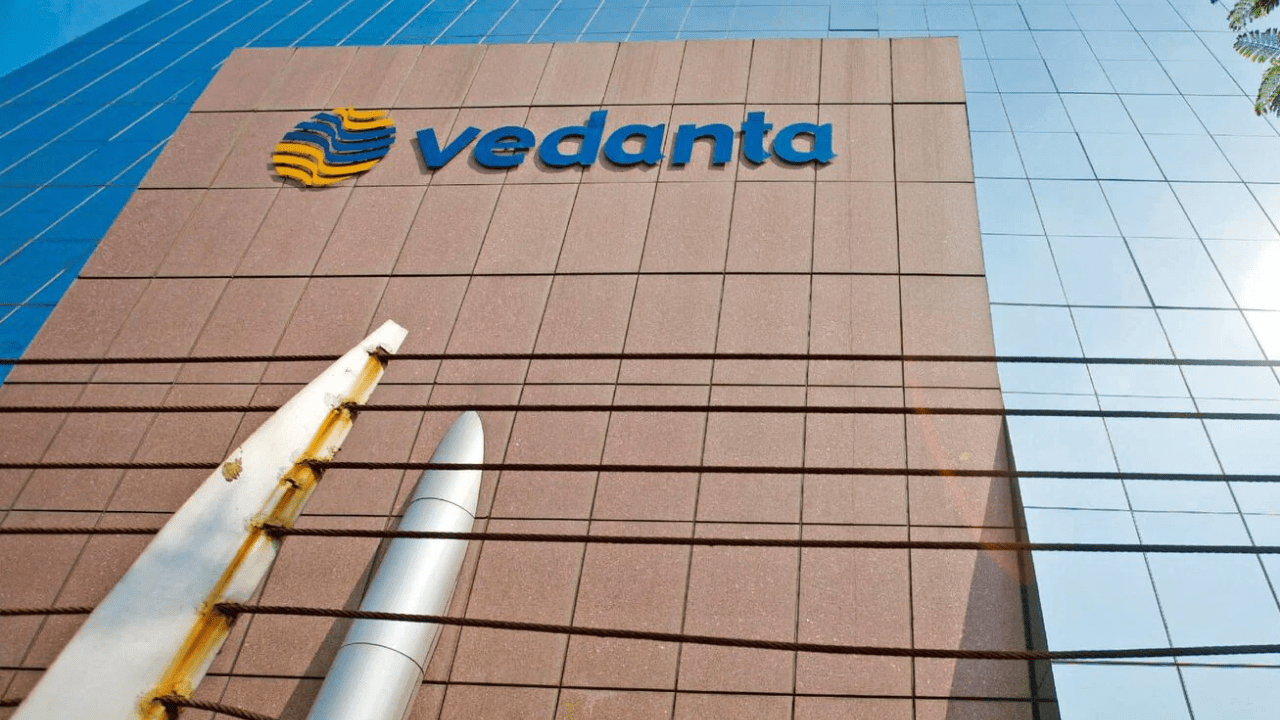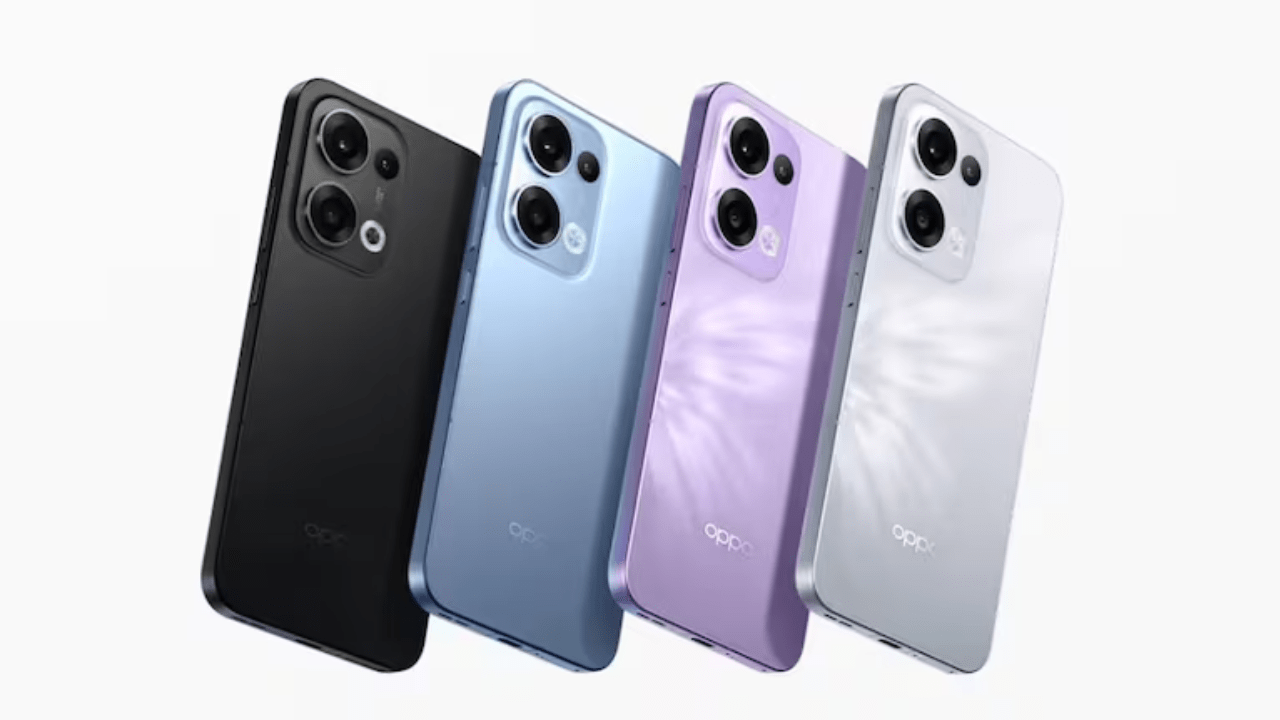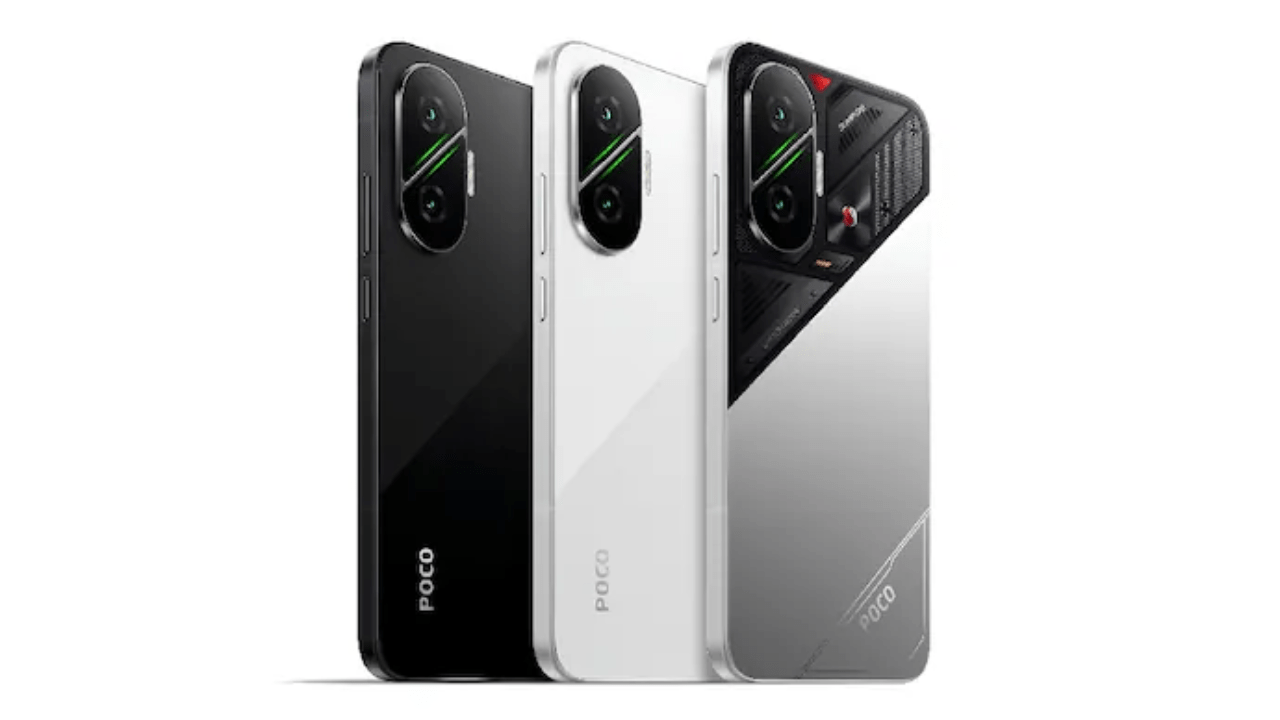On May 21, 2025, OpenAI announced its biggest acquisition yet: the all-stock purchase of io, the AI device startup founded by Sir Jony Ive, for nearly $6.5 billion. This deal cements OpenAI’s entry into custom AI hardware—and could redefine how we interact with artificial intelligence in everyday life
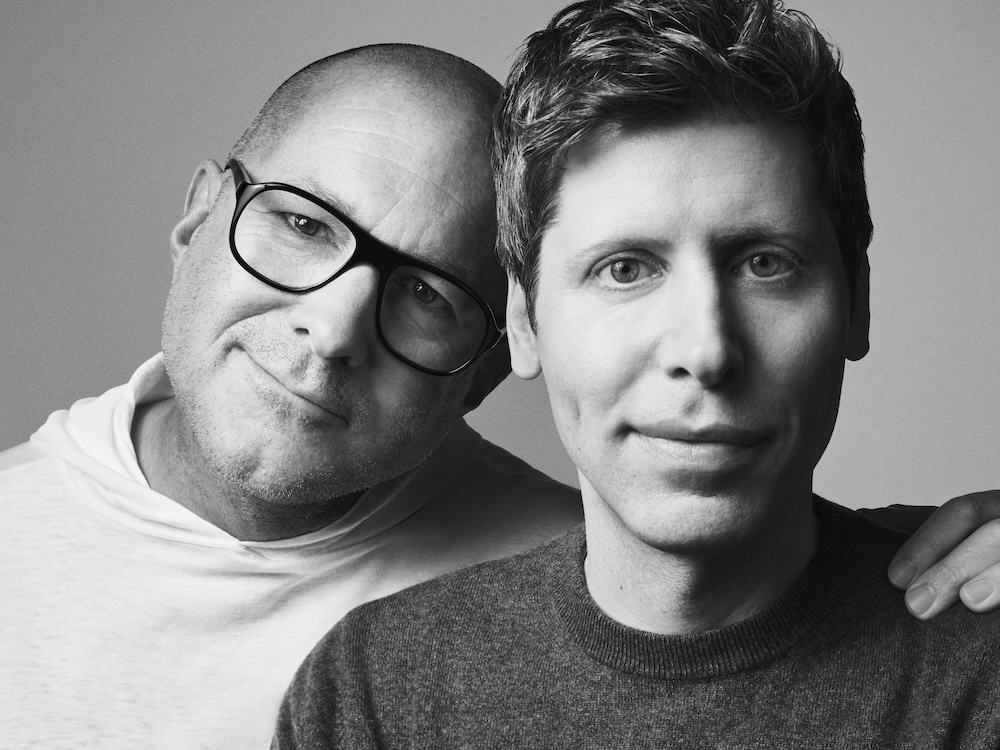
What Is io?
Founding: Launched in spring 2024 by former Apple design chief Jony Ive alongside ex-Apple engineers Scott Cannon, Evans Hankey, and Tang Tan.
Team & Mission: A tight-knit group of about 55 hardware, software, and manufacturing experts tasked with designing a new family of AI-native devices .
Stealth Mode: Until now, io had operated out of the public eye—perfecting prototypes aimed at moving beyond touchscreen and typing interfaces.
Deal Details & Structure
Valuation: Approximately $6.5 billion in an all-equity transaction, consolidating OpenAI’s existing 23% stake in io.
Stock-Only Payment: No cash changes hands; io’s shareholders receive OpenAI shares.
Regulatory Steps: The acquisition is expected to clear antitrust reviews by summer 2025, with closing soon after.
Jony Ive’s Role & LoveFrom Partnership
Creative Head: While Ive won’t become an OpenAI employee, he will join as a consulting creative head, steering design across OpenAI’s hardware and software products.
LoveFrom: Ive’s independent design studio, LoveFrom, will continue serving external clients but also act as OpenAI’s in-house design partner—bringing decades of Apple-caliber craftsmanship to AI devices
Why This Acquisition Matters
From Software to “Smart” Hardware
- OpenAI’s breakthroughs—ChatGPT, GPT 4, and the Gemini family—have all lived in the cloud or on-device apps. Owning a hardware arm lets OpenAI fuse its AI models directly into purpose-built gadgets, potentially leapfrogging current smart speakers and wearables.
Competing with Tech Giants
- Apple, Google, and Meta all race to embed AI into next-gen devices. OpenAI’s move positions it as a true end-to-end AI platform—from algorithms to the physical user interface.
Learning from Past Missteps
- Startups like Humane (AI Pin) stumbled due to high compute demands and clunky design. With Ive’s reputation for minimalistic form and intuitive interaction, OpenAI aims to sidestep those pitfalls
What to Expect & Timeline
First Devices in 2026: Prototypes from io are already in OpenAI labs; consumer-ready hardware is slated to debut next year.
Features to Watch: Industry insiders predict voice-driven workflows, ambient translation, and context-aware assistants that understand your environment—no screens required.
Developer Opportunities: OpenAI plans to open APIs for third-party developers to build apps for its new hardware ecosystem.
Looking Ahead
OpenAI’s acquisition of io isn’t just a diversification—it’s a bold blueprint for AI’s future. By coupling world-class design with cutting-edge AI, OpenAI could deliver devices that feel as natural as speaking to a friend. As regulatory approvals come through and the first products roll out in 2026, keep an eye on:
- User Experience: Will these devices truly feel seamless, or will they suffer from the compute-power vs. battery-life tradeoff?
- Market Reception: Can OpenAI persuade consumers to add another gadget to their lives, or will smartphones remain the default AI portal?
- Ecosystem Growth: How quickly will developers embrace and innovate on this new hardware platform?
Stay tuned—OpenAI’s leap into hardware could be the spark that ignites the next wave of AI-driven innovation.
